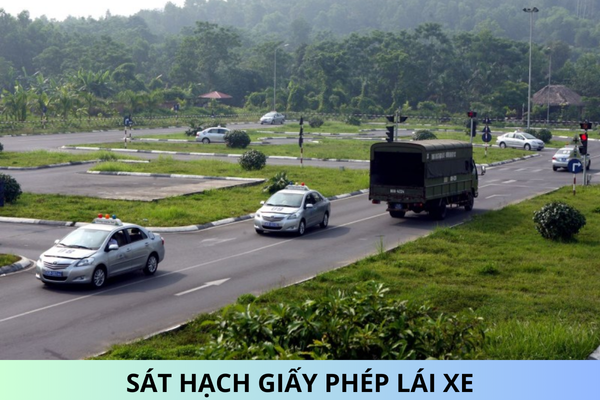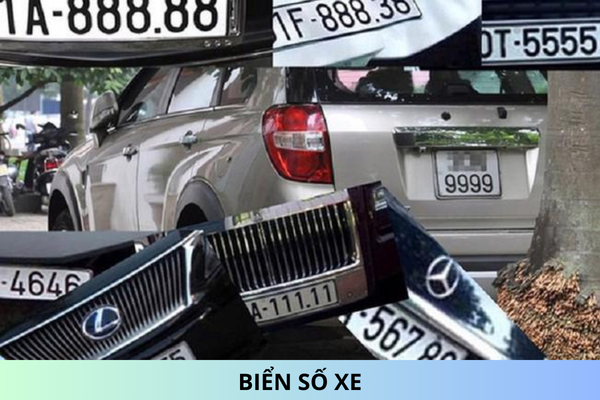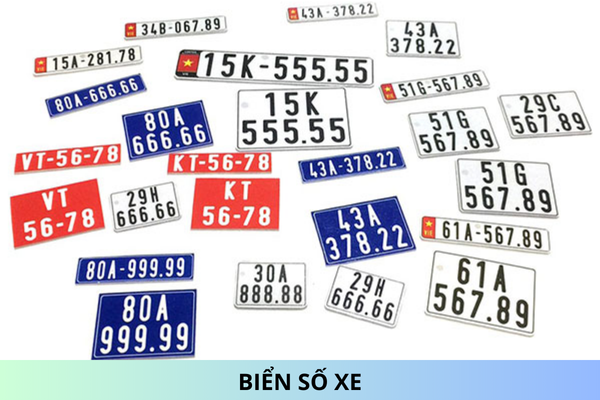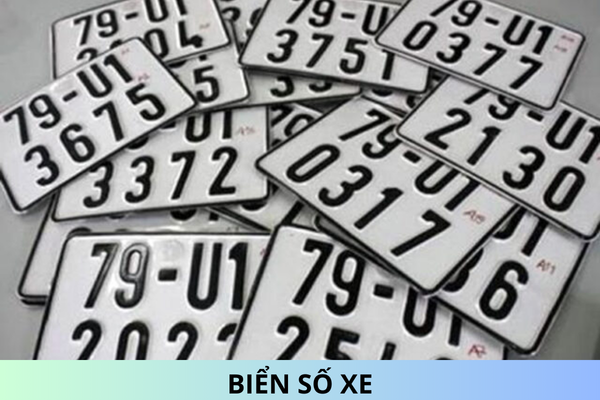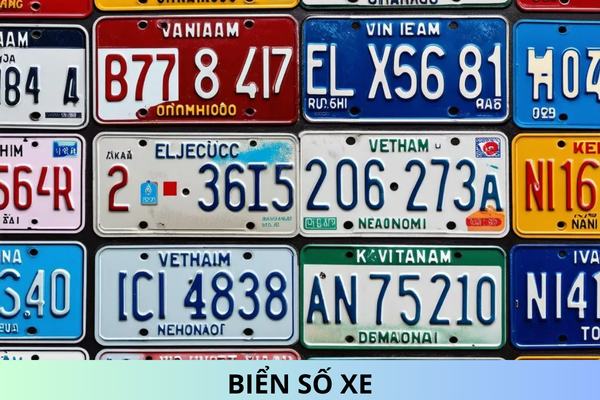The Law on Road Traffic Order and Safety 2024 Effective from January 01, 2025?
Has the latest Road Traffic Order and Safety Law of 2024 come into effect on January 1, 2025?
On June 27, 2024, the National Assembly passed the Road Traffic Order and Safety Law of 2024 at the 7th session of the 15th National Assembly.
The Road Traffic Order and Safety Law of 2024 stipulates the rules, vehicles, road traffic participants, command, control, patrol, inspection, resolution of road traffic accidents, state management responsibilities, and responsibilities of relevant agencies, organizations, and individuals related to road traffic order and safety.
The Road Traffic Order and Safety Law of 2024 comes into effect from January 1, 2025, except for Clause 3, Article 10 of the Road Traffic Order and Safety Law of 2024, which comes into effect from January 1, 2026.
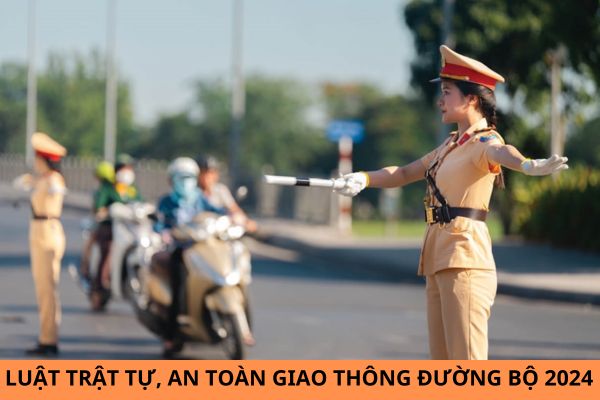
Has the latest Road Traffic Order and Safety Law of 2024 come into effect on January 1, 2025? (Image from the Internet)
How should road traffic participants comply with road traffic signals according to the priority order?
Based on Article 11 of the Road Traffic Order and Safety Law of 2024, compliance with road traffic signals is regulated as follows:
Compliance with road traffic signals
- Road traffic signals include: commands of traffic controllers; traffic light signals; road signs; road markings and other markings on the road surface; barriers, protective walls, fences, reflective studs, reflective columns, kilometer markers, H markers; road traffic sound signaling devices.
2. Road traffic participants must comply with road traffic signals in the following priority order from top to bottom:
a) Commands of traffic controllers;
b) Traffic light signals;
c) Road signs;
d) Road markings and other markings on the road surface;
e) Barriers, protective walls, fences, reflective studs, reflective columns, kilometer markers, H markers;
f) Road traffic sound signaling devices.
- Commands of traffic controllers are regulated as follows:
a) Raise the right hand vertically to signal all road traffic participants in all directions to stop;
...
Thus, road traffic participants must comply with road traffic signals in the following priority order from top to bottom:
- Commands of traffic controllers- Traffic light signals- Road signs- Road markings and other markings on the road surface- Barriers, protective walls, fences, reflective studs, reflective columns, kilometer markers, H markers- Road traffic sound signaling devices
How many types of road vehicles are there?
Based on Article 34 of the Road Traffic Order and Safety Law of 2024, road vehicles are classified as follows:
[1] Motor vehicles include:
- Automobiles, including: vehicles with four wheels or more running by motor, designed and manufactured to operate on roads, not running on tracks, used to carry people, goods, pull trailers, pull semi-trailers, or configured for special functions and uses, which may connect to electric wires; three-wheeled vehicles with an empty weight greater than 400 kg; automobiles excluding four-wheeled motor vehicles for passenger and four-wheeled motor vehicles for goods- Trailers are non-motorized vehicles designed and manufactured to operate on roads, to be pulled by automobiles; the major portion of the overall trailer weight is not placed on the towing vehicle- Semi-trailers are non-motorized vehicles designed and manufactured to operate on roads; to be pulled by towing automobiles and a significant part of the overall weight is placed on the towing automobile- Four-wheeled motor vehicles for passengers are vehicles with four wheels or more, running by motor, designed, and manufactured to operate on roads, configured to carry people, with a design speed not exceeding 30 km/h, allowing for a maximum of 15 people (excluding the driver)- Four-wheeled motor vehicles for goods are vehicles with four wheels or more, running by motor, designed, and manufactured to operate on roads, configured to carry goods, with the engine and cargo compartment mounted on the same chassis, up to two rows of seats, carrying up to 05 people (excluding the driver), with a design speed not exceeding 60 km/h and an empty weight not exceeding 550 kg; for electric vehicles, the motor power should not exceed 15 kW- Motorcycles include: two-wheeled or three-wheeled vehicles running by motor, designed and manufactured to operate on roads, excluding motorbikes; three-wheeled vehicles should have an empty weight not exceeding 400 kg- Motorbikes are vehicles with two or three wheels running by motor, designed and manufactured to operate on roads, with a design speed not exceeding 50 km/h; if the motor is thermal, the working capacity or equivalent capacity should not exceed 50 cm3; if the motor is electric, the motor power should not exceed 4 kW; motorbikes exclude motorized bicycles- Similar vehicles to the above types
[2] Rudimentary vehicles include:
- Bicycles are vehicles with at least two wheels and operated by human power through pedals or cranks- Motorized bicycles, including electric bicycles, are bicycles with motor assistance, where the motor power is cut off when the rider stops pedaling or when the vehicle reaches a speed of 25 km/h- Rickshaws- Wheelchairs for disabled persons- Animal-drawn vehicles- Similar vehicles to the above types
[3] Specialized motor vehicles include:
- Construction machines- Agricultural and forestry machines- Tractors- Trailers, semi-trailers hauled by tractors- Specialized motor vehicles for special functions and uses- Special-use vehicles used for national defense and security purposes participating in road traffic
[4] Smart vehicles are motor vehicles that allow partial or complete automation of vehicle control activities, route determination, and situation handling when participating in road traffic.
[5] Similar vehicles to types of motor vehicles, rudimentary vehicles managed and used according to the regulations for those types of motor vehicles and rudimentary vehicles.



